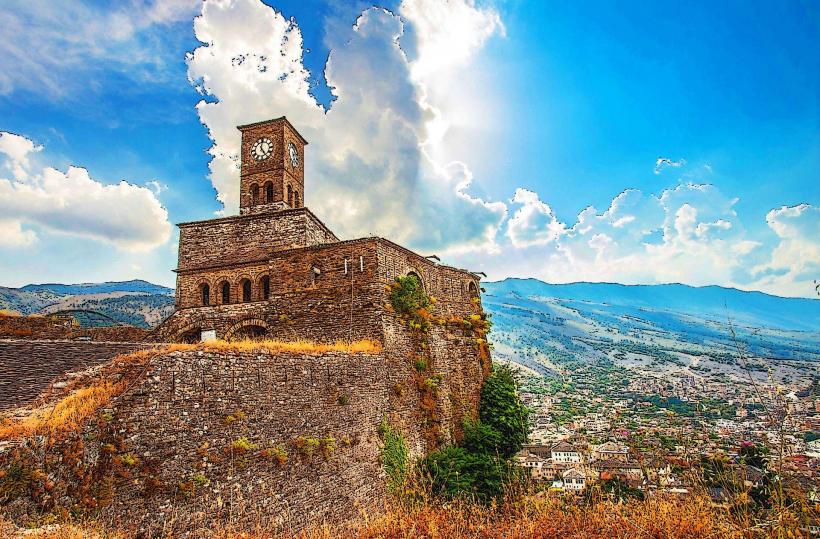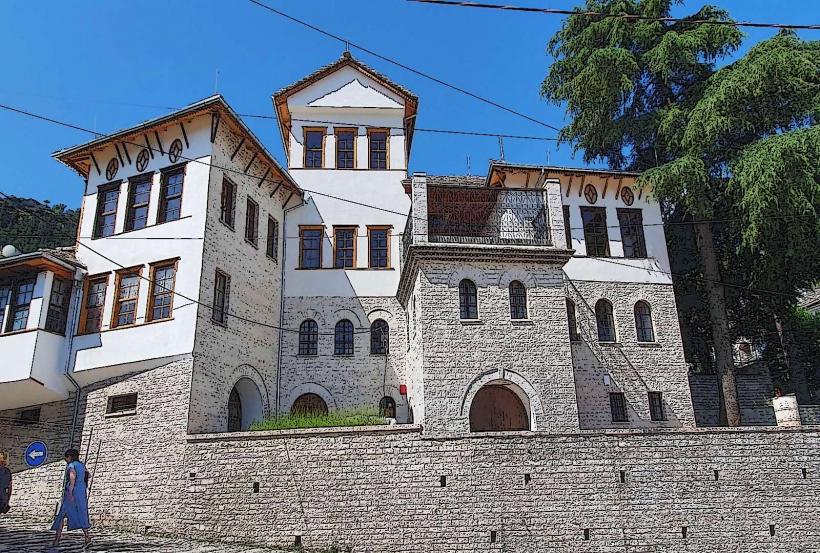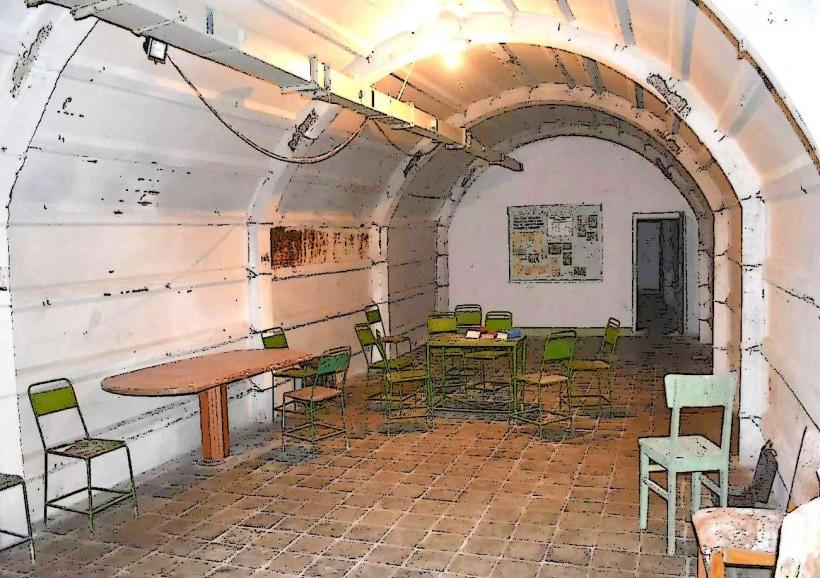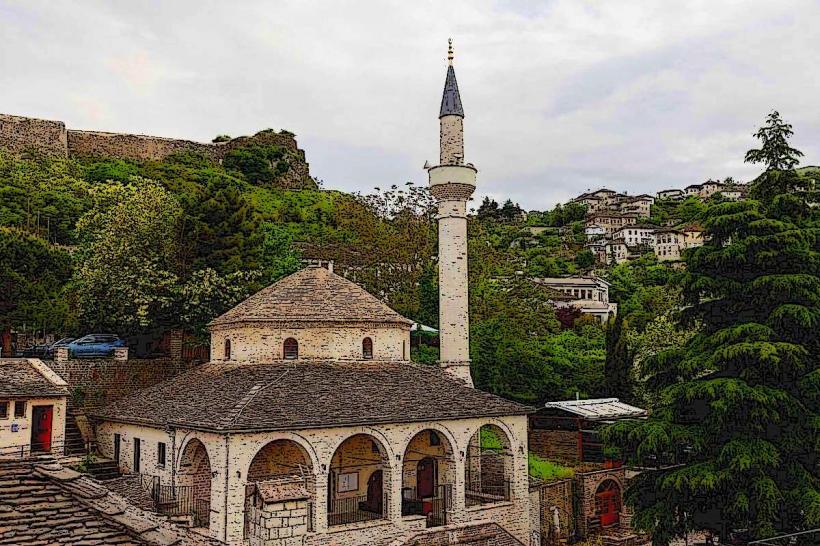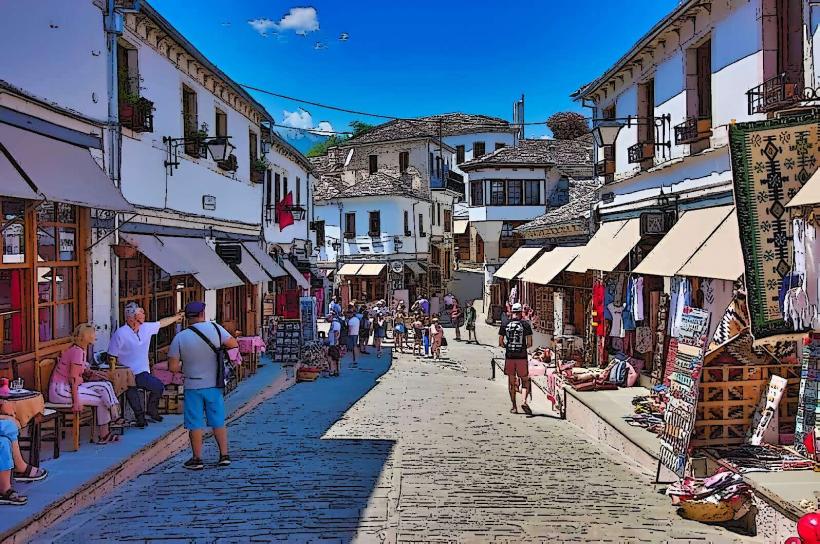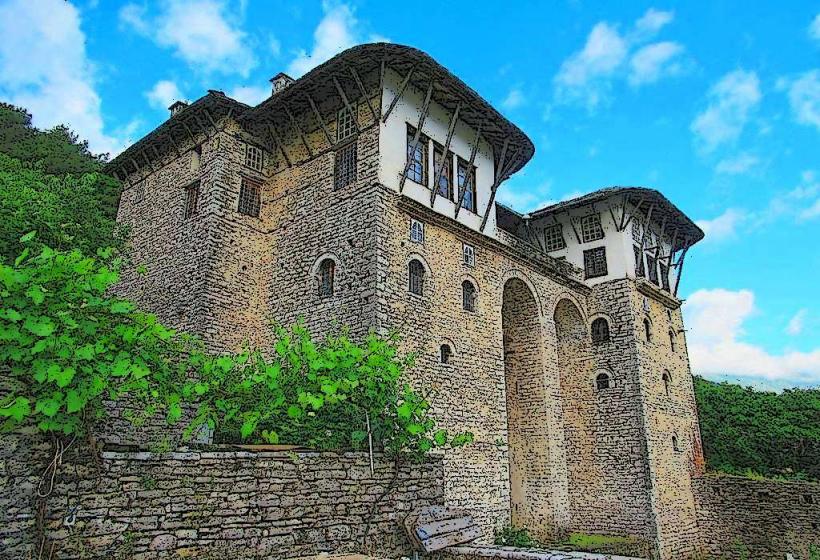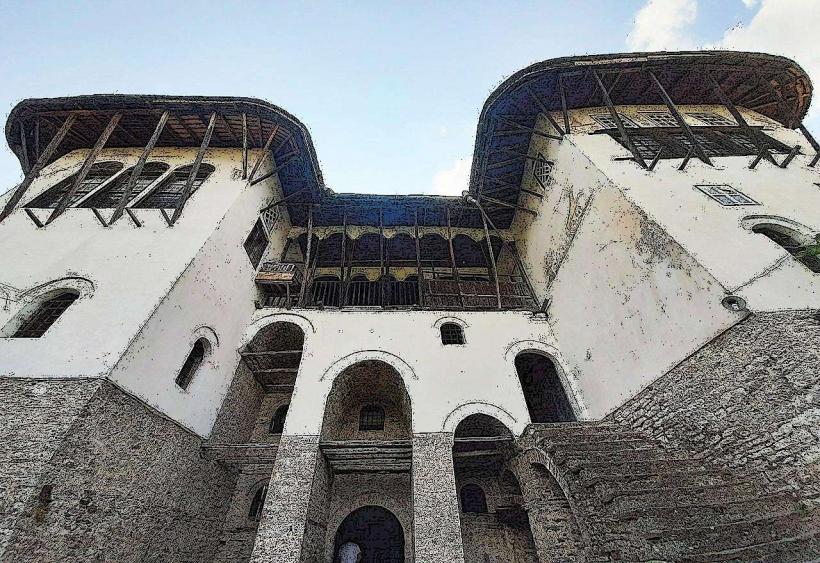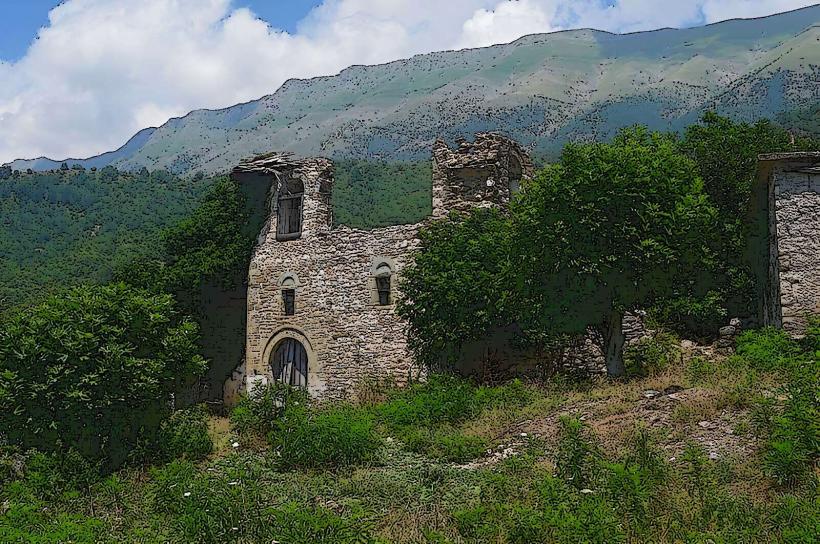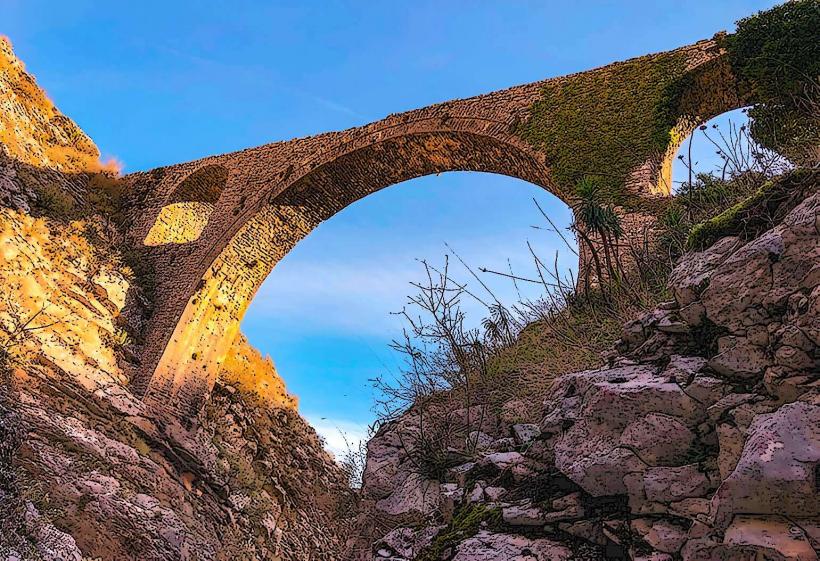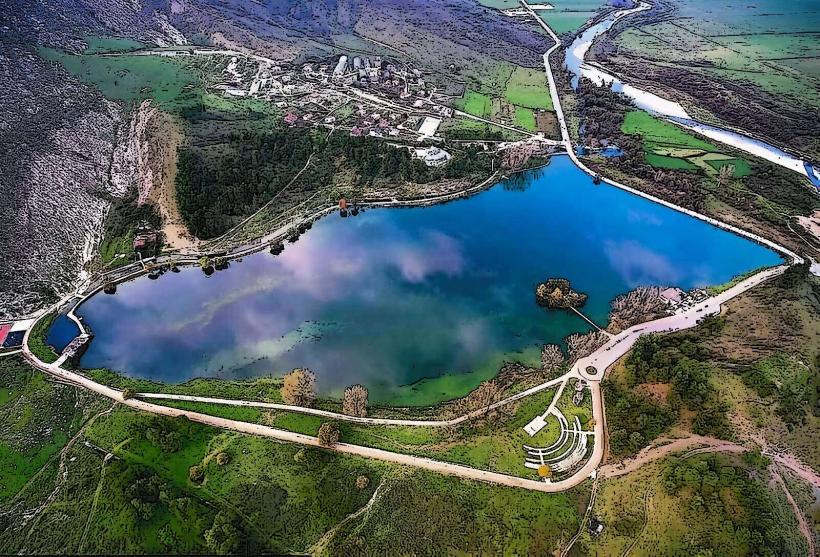Information
Landmark: Antigonea Archaeological ParkCity: Gjirokaster
Country: Albania
Continent: Europe
The Antigonea Archaeological Park, located in southern Albania, is a site of historical and cultural significance that offers a glimpse into the life of an ancient Hellenistic city. Established in the 3rd century BCE, Antigonea was built by King Pyrrhus of Epirus and holds both archaeological and historical importance. Here is a detailed overview of the park:
Geographic Location:
- Region: Antigonea is situated in the Drino Valley, near the modern-day city of Gjirokastër, in southern Albania.
- Coordinates: The park is located at an altitude of approximately 600 meters (1,970 feet) above sea level, on a hill known as Jermë.
- Accessibility:
- The site is about 14 kilometers (8.7 miles) from Gjirokastër.
- Visitors can reach it by car or on foot, with a well-marked road leading to the park.
Historical Background:
Foundation:
- Antigonea was founded in 295 BCE by Pyrrhus of Epirus, a famous Greek general and statesman.
- It was named after Pyrrhus’ first wife, Antigone, as a gesture of love and devotion.
Hellenistic Period:
- The city flourished during the Hellenistic period, becoming an important cultural, political, and economic hub in the region.
- Its strategic location in the Drino Valley facilitated trade and communication between Epirus and neighboring regions.
Destruction:
- The city was destroyed in 167 BCE by Roman forces during their conquest of Epirus. This marked the end of Antigonea as an urban center.
Archaeological Significance:
Discovery:
- The ruins of Antigonea were rediscovered in the 1960s during archaeological excavations.
- Ongoing research and excavations have unearthed significant findings that shed light on its history and daily life.
Structures and Artifacts:
- City Walls:
- The city was surrounded by well-preserved fortifications, built with large polygonal stones.
- The walls spanned over 4 kilometers (2.5 miles), protecting the city and its inhabitants.
- Agora:
- The central marketplace served as the economic and social hub of Antigonea.
- Ruins of shops and administrative buildings can still be seen.
- Residential Areas:
- Excavations have revealed houses with courtyards, some featuring mosaics and advanced drainage systems.
- Sanctuaries and Temples:
- Religious life in Antigonea was vibrant, with evidence of altars and temples dedicated to Greek deities.
- Artifacts:
- Coins, pottery, tools, and jewelry discovered at the site provide insights into the city’s trade and culture.
Cultural Importance:
- Hellenistic Urban Planning:
- Antigonea showcases the sophisticated urban planning of the Hellenistic period, with well-organized streets, public spaces, and infrastructure.
- Connection to Pyrrhus:
- The city’s connection to Pyrrhus, one of history's most renowned military leaders, adds to its historical allure.
- Cultural Crossroads:
- As part of Epirus, Antigonea was influenced by both Greek and Illyrian cultures, making it a unique blend of traditions.
The Park Today:
- Preservation:
- The archaeological park is managed and preserved as a site of national importance in Albania.
- Visitor Experience:
- Visitors can explore the ruins, walk along ancient pathways, and enjoy panoramic views of the Drino Valley.
- Informational boards and guides provide historical context to the structures and artifacts on display.
Activities and Highlights:
- Guided Tours:
- Knowledgeable guides can enrich the experience by sharing stories and insights about the city’s history and significance.
- Photography:
- The site’s dramatic location and ruins make it a perfect spot for photography, particularly at sunrise or sunset.
- Hiking:
- The park is surrounded by natural beauty, with trails leading to scenic viewpoints and other nearby sites.
Nearby Attractions:
- Gjirokastër:
- A UNESCO World Heritage Site known as the "City of Stone," featuring Ottoman-era architecture and the impressive Gjirokastër Castle.
- Blue Eye (Syri i Kaltër):
- A stunning natural spring with turquoise waters, located about an hour’s drive from Antigonea.
- Drino Valley:
- The valley is rich in archaeological sites and natural beauty, making it ideal for exploration.
Best Time to Visit:
- Spring (April to June):
- The weather is mild, and the surrounding landscape is lush and green.
- Autumn (September to October):
- Cooler temperatures and fewer crowds make this an ideal time to explore the site.
Tips for Visitors:
- Footwear:
- Wear comfortable shoes, as the site involves walking on uneven terrain.
- Water and Snacks:
- Bring water and snacks, as there are limited facilities near the site.
- Guides and Maps:
- Consider hiring a guide or using a map to make the most of your visit.
- Sunscreen and Hats:
- The site is exposed, so sun protection is recommended, especially during summer.
Conservation and Education:
- Antigonea Archaeological Park is a vital educational resource, shedding light on the region’s ancient history and cultural heritage.
- Efforts are being made to promote sustainable tourism and preserve the site for future generations.
Conclusion:
The Antigonea Archaeological Park offers a fascinating journey into Albania’s ancient past. Its blend of history, archaeology, and scenic beauty makes it a must-visit destination for history enthusiasts and travelers exploring the Gjirokastër region. Whether marveling at its ancient walls or soaking in the views of the Drino Valley, Antigonea provides a memorable and enriching experience.

